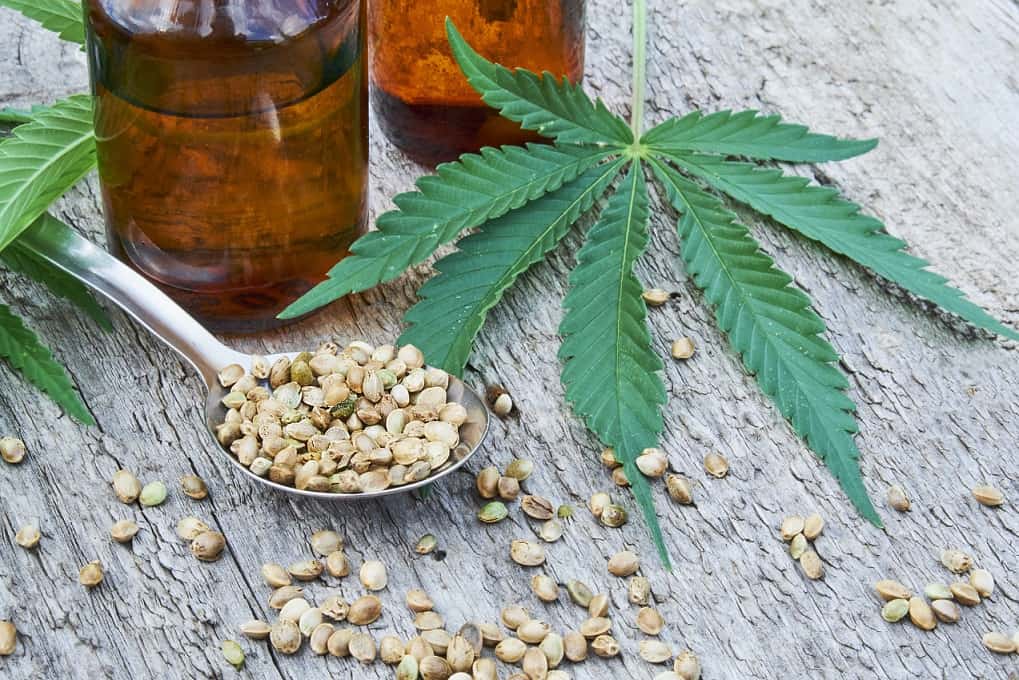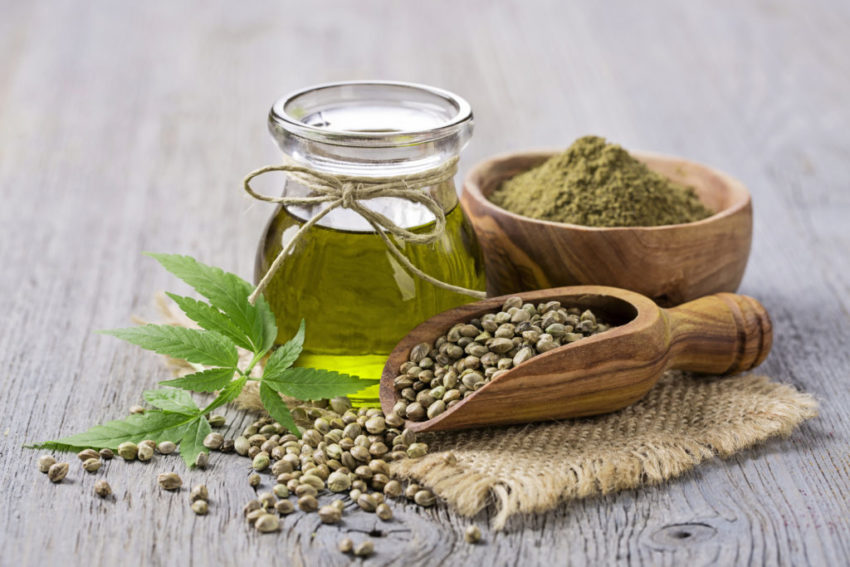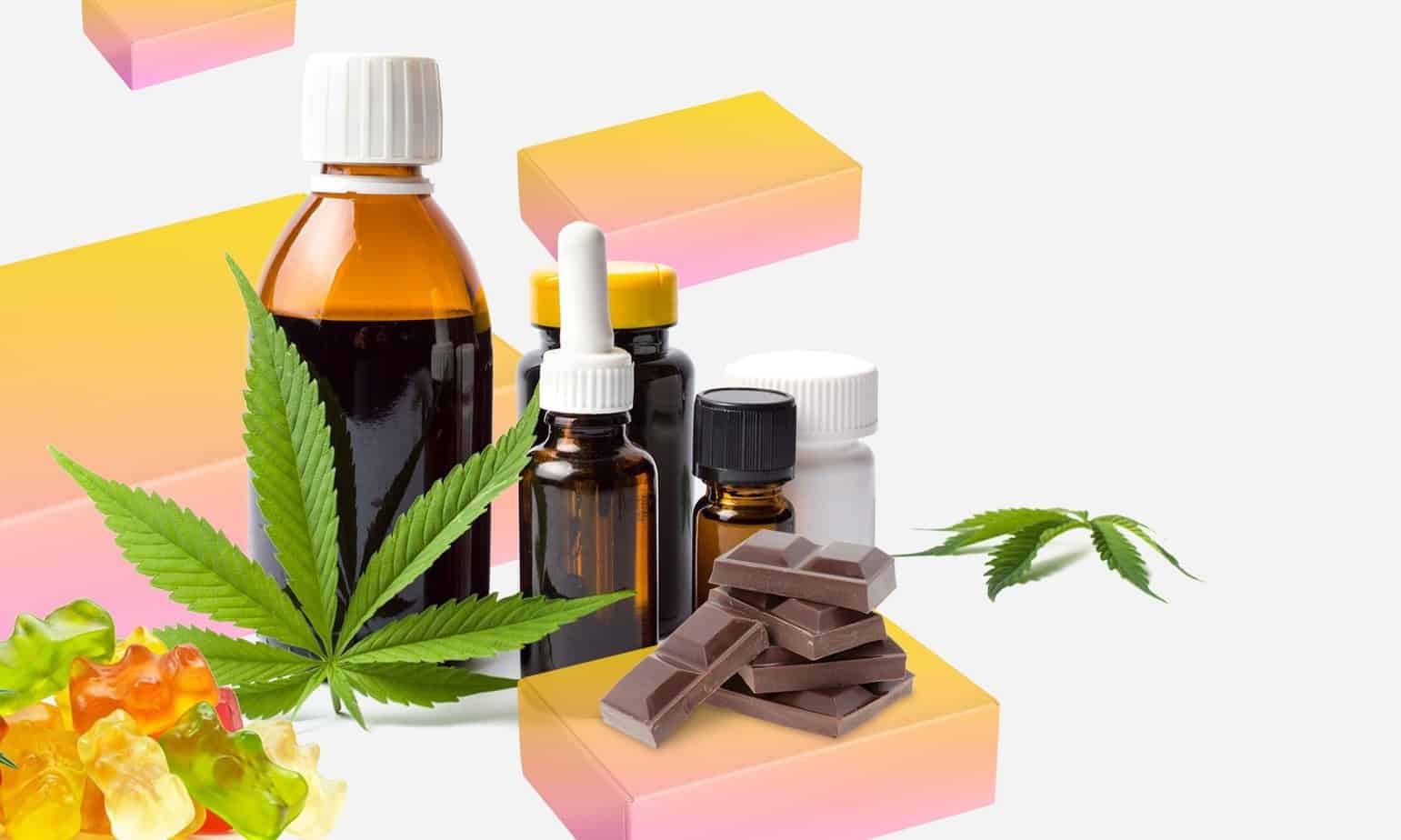
Many things changed as the calendar rolled from 2019 to 2020, but one thing at least stayed the same: CBD is still one of the most prolific trends in America.
By August 2019 14% of Americans reported using one CBD product or another, indicating an active user base of around 30 million Americans. Even when they were not personally using the products 50% of people reported a familiarity with CBD products.
This is no surprise considering you can find CBD products your local gas station, your grocery store, or you might even find your veterinarian stocks CBD dog treats for your furry friend. With more people using CBD than ever before now is a good time to look at some of the most mind-blowing facts concerning CBD.
1. CBD is Federally Legal in All 50 States.
For anyone familiar with the CBD market and its legalities this fact may not be a revelation, but for the majority of Americans the understanding of laws surrounding CBD products and their usage remains cloudy. This is due in part to the wide variation of legalities at the state level compounded by sensational headlines that report arrests of CBD users–which are exceedingly rare and are followed by all the controversy that results when state law contradicts federal law.
The fact remains, however, that CBD derived from industrial hemp has been legal at the federal level after the passing of the 2018 farm bill. The bill describes the legal support for activities in all 50 states where CBD can be produced commercially and distributed to consumers as long as THC levels do not exceed 0.3%. Outside of Hawaii only a few states (Main, North Carolina, and Ohio) directly prohibits its use, though you should check your state’s recent rulings to be certain–as many of these laws are currently in a state of amendment or full reversal.
2. The CBD Market is Projected to Reach $80 billion by 2030.
The explosive growth of the CBD market has showcased some of the most enviable expansion within the US economy. Analysts from the widely respected Cowen financial group published a report in which they estimate the market value to reach $20 billion by 2025 and $80 billion by 2030. One of the last pieces of this puzzle analysts continue to ponder is whether the mainstream of acceptance of CBD will foster a greater acceptance of legal marijuana and/or vice versa–if so analysts expect even faster growth within both markets.
3. CBD is Just One of More than One Hundred Cannabinoids in Hemp.
A recent study published in the National Library of Medicine described the presence of around 400 chemical entities in hemp, 100 of which are cannabinoids unique to the cannabis species of plant. While most research interest and consumer desire focus on only three cannabinoids–THC, CBD, and CBN–the study suggests that many of the unexplored cannabinoids elicit powerful, but often opposing effects. This means that further study is crucial for understanding the most beneficial and efficient method to make use of the hemp’s special properties, the best of which may be yet to come.
4. Cannabinoids Exist in All Vertebrates.
One of the most fascinating facts about CBD is that our body produces molecules that are nearly identical in function called endocannabinoids. Discovered by scientists in 1990, the human body maintains a special endocannabinoid system comprised of both the body’s own endocannabinoids and unique receptors which process endocannabinoids and external cannabinoids like CBD alike. A recent study from the National Library of Medicine enumerated the potential therapeutic benefits of the endocannabinoid system–ranging from the treatment of neuromuscular and neuropsychological degenerative diseases to the treatment of more acute systems such as anxiety, pain, and depression.
5. The Endocannabinoid System Regulates the Body’s Crucial Processes.
Research shows that the human body’s endocannabinoid system processes both its own endocannabinoids and ingested cannabinoids to regulate mechanisms such as sleep, mood, appetite, memory, as well as fertility and productivity. The importance of these mechanisms is the motivation for researchers who seek to hack the endocannabinoid system. Achieving a demonstrable success in improving any of these bodily processes–which are generally desired by everyone–would finally and officially mark the therapeutic use of cannabinoids as mainstream.
6. CBD is WIldly Successful in the Treatment of Seizures.
A few years back a video went viral of a child ingesting CBD mid-seizure resulting in the immediate haulting of the seizure. While many at the time suspected a hoax, the recent dominance of GW Pharma’s epidiolex, a seizure medication, has demonstrated the potent medicinal properties of CBD in a medical environment while simultaneously championing its lucrativity with the company boasting $296 million in net product sales in 2019 from epidiolex alone. While the anticonvulsant properties of CBD have forced the medical community to take it seriously, it is still too niche of a therapy to convince cannabinoid skeptics of its mainstream use.
7. 56% of Adults Over 21 Confuse CBD and THC.
Considering the viral popularity of CBD, consumer knowledge has not spread with the same success. BDS analytics reports that over half of Americans are confused by the difference between CBD and THC, or simply do not fully understand what either of them is. This confusion is warranted as the THC and CBD molecules share the exact same formula–21 carbon atoms, 30 oxygen atoms, and 2 hydrogen atoms–however, they have a completely different effect on the human body due to THC and CBD being a different arrangement of these atoms.
This gives the molecules their unique chemical properties. While THC demonstrates psychoactive properties, CBD does not–in other words, you won’t get high from CBD. The other important distinction is that THC is produced only by the female cannabis plant whereas CBD is produced in both the male and female plant. This is how hemp farmers are able to target CBD in their grow operations. CBD Oils Benefits and Side Effects.
8. A Quarter of the American Population has Tried CBD.
As mentioned in the introduction, around 14% of Americans actively use CBD while 1 in 7 users take it daily. According to BDS analytics the number of Americans who have tried it at least once, however, is much higher at around 25%. This wide scale of use of CBD implies a diversity of applications that is mirrored in the shockingly diverse variety of products available–from dog treats to gummies to sublingual oils and Topical Creams. If you are interested in trying one of the many products available, many companies offer free samples as a way to gain public awareness–here’s how to get yours.
9. There Are Currently More than 160 Clinical Trials Testing CBD.
The National Institute of Health’s database of clinical trials shows more than 160 active trials. These trials represent the popularity of CBD within the medical research community, and are directed at exploring the validity of the increasingly common health claims about CBD, which have been the target of criticism for skeptics of the “green rush.” Among the most popular areas of study are the following: the treatment of cancer with CBD–either to target cancer cell growth or combat its symptoms, the treatment of anxiety and/or depression, and the treatment of sleep disorders such as insomnia.
10. Israeli Researchers Found CBD to Improve Symptoms of Autism.
Dr. Adi Aran published research in the prestigious medical journal Neurology where he showcased impressive results in treating the symptoms of autism in children who had been resistant to the benefits of previous drug therapies. In this experiment, 80% of the children with ASD saw a decrease in problematic behavior as well as negative symptoms. In 2019 he published further findings in the US National Library of Medicine where he was able to lessen the frequency of behavioral outbreaks in children with ADS in 61% of patients. While his findings require more testing to be accepted by the medical community, it represents a growing group of advocates for using CBD in the treatment of autism.
James Hass has worked for close to a decade in health and mindfulness, opening a float tank center and hyperbaric oxygen center, as well as working in marketing for CBD manufacturers. He enjoys hiking, researching topics to explain them online, and his terrarium.




